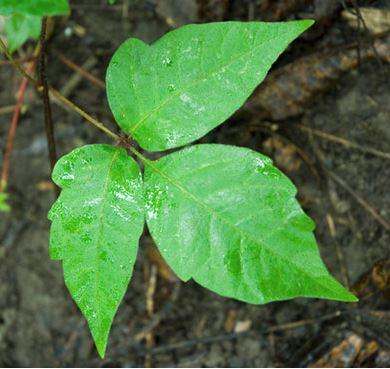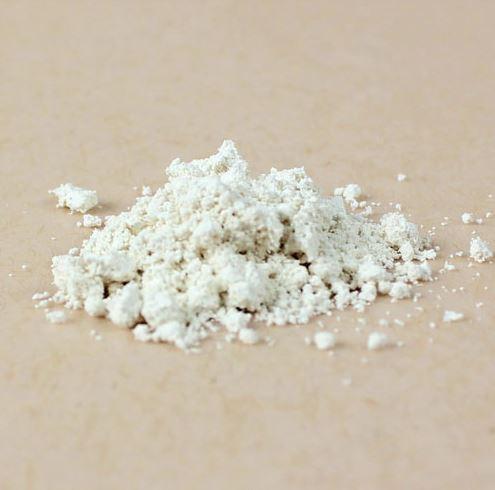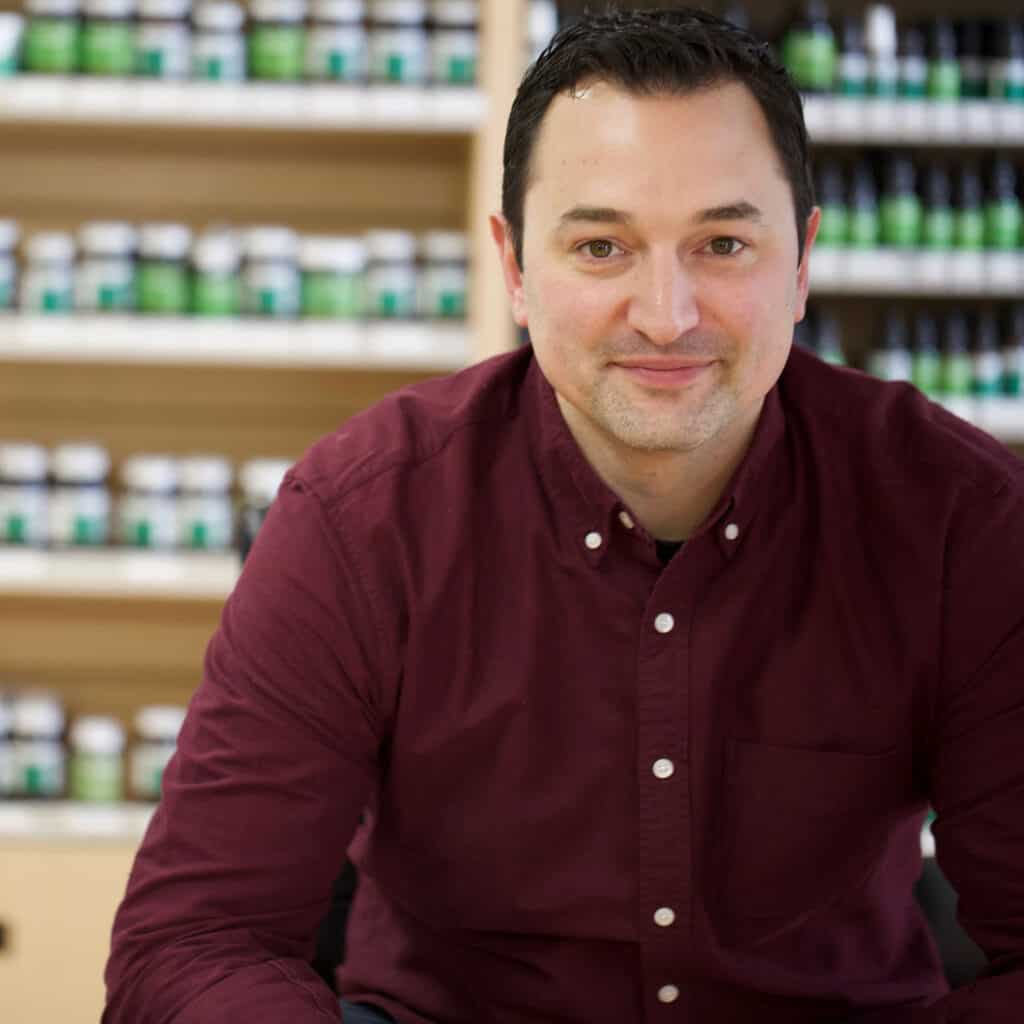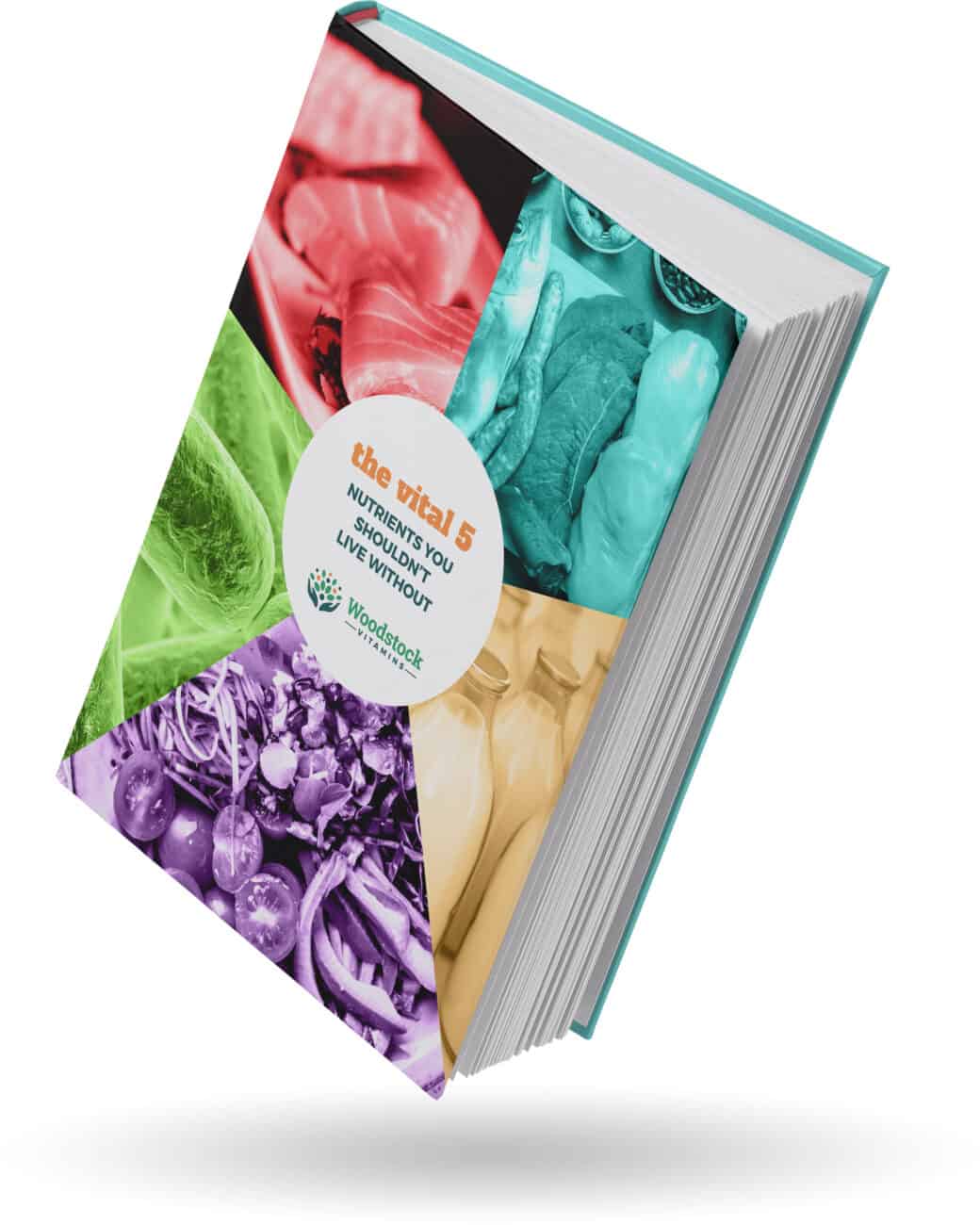After a long, weird winter, I’d say cabin fever is at a max. We will all start to venture outdoors, if you haven’t already. It’s time to get the garden ready, clean up the yard, get the outdoor furniture in order, or even just go for a hike and start to play outside.
We can keep the bugs, ticks, and pests away and are prepared for a peak in allergy symptoms, but now we must protect ourselves from ANOTHER outdoor menace: poison ivy.
There are so many articles out there about poison ivy that I get a rash just trying to sort through it all. We want to focus on practical, actionable tips that actually work. We also want to address a big myth surrounding poison ivy. Finally, we’ll discuss poison ivy rash care including an herbal ‘mash’ you can make and use like Bear Grylls probably would.
Identifying Poison Ivy
The first step to besting poison ivy is to be able to identify it and avoiding it completely.
Poison Ivy (avoid at all cost):

Another, more common poison ivy (still, avoid at all cost):

From my Scouting days, we would say, “Leaves of 3, let it be.”
Poison Ivy has that distinct pattern of three leaves. The bottom two are super close; they almost look like they have no stem, while the middle leaf has a VERY long stem in comparison.
I’m kind of a weird guy, but here’s how I identify it. Upside down it kinda looks like Colonel Sanders mouth…

Regardless of how you remember it, it’s important you get practice identifying it. Walk around the yard or local area and you’ll see plenty of this. Be able to distinguish it from other 3 leaf plants. Then stay away if you can.
Poison Ivy Rash
Poison Ivy contains an oil called urushiol. It is a ninja. It’s invisible: clear, colorless, and odorless. It is VERY sticky. It remains active for YEARS. That means even dead vines or leaves probably still can pose a problem.
Urushiol oil creates a rash in most humans when it comes in contact with the skin. About 20% of us have a natural immunity to it, but data has shown that with repeat exposure, that immunity fades.
The rash can be pretty severe. I’ll spare you the pictures, but it typically looks like spots or bands of red, raised skin. Blisters can form. The skin can appear to weep or leak. It is crazy itchy.
If poison ivy is burned and the fumes accidentally inhaled, the oil can irritate the lining of the lungs, causing a poison ivy rash in the lungs, leading to serious, severe problems. If the oil is in contact with other sensitive spots (inside of the mouth or even genitalia), you’re going to have a bad time. If the exposure is anywhere besides the skin, get to a doctor immediately. If the skin exposure is severe, get to a doctor immediately.
Poison Ivy rashes can take up to a week to form and can last upwards of a month, depending on the severity.
The Biggest Poison Ivy Myth
The first concern people raise with me about poison ivy is the risk of it spreading and getting worse. Either they got it and don’t want it to spread, or it appears that their rash is spreading and getting worse.
It seems plausible. You are itching and dragging your hand all over the local skin area. It’s usually overnight that it gets worse, so people think the contact while in bed will do it. Others think the weeping poison ivy rash blisters is concentrated oil.
This is the biggest myth surrounding poison ivy. Poison ivy rashes do not spread. When you get exposed to poison ivy, most people think it looks like this:

In reality, it’s more like this:

The oil gets “flicked” onto the skin when outdoors. Alternatively, we come in contact with it without realizing and the oil spreads via normal skin-skin and skin-clothes contact.
In both cases, though, there is a more concentrated area, then a smaller, weaker area.
The bigger amounts cause reactions with the skin quicker. The smaller amounts take longer to penetrate into the skin and get the immune system’s attention.
Your poison ivy rash doesn’t spread, it is just taking longer for the smaller droplets you were exposed to create a rash.
The oozing throws people off. Some poison ivy wounds blister or weep. We falsely assume that fluid is more of the oil, and if it releases it will spread. That oil is NOT the poison ivy oil, but instead normal fluids from our immune response.
Some people’s rashes do seem to spread and get worse, though. A real possibility here is repeated exposure to the oil. The oil lives for YEARS, as we’ve stated. It’s also fine hanging out on surfaces such as countertops, phones, doorknobs, gardening tools, gloves, and outdoor wear. It’s a good lesson: we must take care to clean surfaces after they’ve been even SUSPECTED of contact with poison ivy, or we risk repeat exposure.
Preventing Poison Ivy Rashes
After avoiding poison ivy directly, there are some preventative measures you can take to avoid exposure. First, wear gloves and long sleeves when outside, especially working near plants that could have the oil on them. Keep your hands away from your face. Use the same tools or gear and clean them thoroughly on the regular.
If you are exposed, we can still prevent a rash, or at least make it less severe. There are two scenarios involving poison ivy exposure:
- You don’t know you touched poison ivy/the oil.
- You know you came in contact with it.
If you don’t know that you touched it, there’s little you can do to prevent the oil from causing a rash. That’s why I recommend “universal precautions” – always act like you’ve come in contact with poison ivy.
If you’ve come in contact (or are using universal precautions), act quickly. If you can, use rubbing alcohol (ethyl alcohol is fine) on skin that has come in contact with poison ivy as soon as possible – up to 30 minutes after exposure. This can break up the oil and almost stop poison ivy in its tracks.
Then, wash and scrub with soap and water all areas that made contact. Use a washcloth. Wash thoroughly and rinse well. Avoid hot water, though, as your pores can open, making your skin a bit more permeable.
Within a few hours, take a full shower. Wash and scrub again.
If you’ve showered once after exposure, we consider the oil to be washed completely away.
Important money-saving tip: The fancy and expensive poison ivy washes are unnecessary if you have rubbing alcohol, soap, and water.
Wipe down surfaces and objects that were in contact with the poison ivy (or you) with bleach or rubbing alcohol. Segregate potentially contaminated clothes, including work gloves, and wash them separately. Wash your skin after you handle potentially contaminated clothing.
Treating Poison Ivy Rash
A poison ivy rash is a general inflammation and irritation of the skin, so treatment is pretty straightforward. The best, most potent options for the red, itchy areas are topical steroids like hydrocortisone along with a potent oral antihistamine like Benadryl. Antihistamine creams or gels are available, but they aren’t that strong.
If the skin is weeping, we want to dry that up using an astringent. Witch hazel is one option. Domeboro is another option. Both can be applied to a washcloth and used as a compress. Calamine lotion is the first thing most people think of when they think of poison ivy treatment, but that really only helps if it is on weeping skin. Cool skin causes constriction and leaks less, so a cold compress to blistered areas may be wise.
If a blister breaks, it should be treated as a wound. Use an antibiotic ointment and cover it with a bandage to make healing time as short as possible.
If poison ivy is serious, see a doctor immediately. They will probably use strong prescription steroids along with a course of oral steroids. Steroid products have liabilities that many people are wary of. Long-term steroids can cause immune system suppression and cause fat to form around your face and abdomen.
The thing to know is that those come with a long duration of use – think 6 months. The short courses we would get (even if it were a month of therapy due to a severe rash) aren’t enough to cause these long-term problems. The doses of steroids used are super small, in comparison, and the duration is short. The most common side effect you will experience is an upset stomach, so oral steroids should always be taken with food.
I mention these options because some people want immediate relief and traditional options are pretty quick and effective. Preventing and treating poison ivy doesn’t have to be complicated or expensive. Rubbing alcohol, soap, water, and some cortisone cream will save the day.
Always use lukewarm showers when you have any skin conditions to prevent drying and irritating the skin further. Pat yourself dry; don’t rub abrasively.
Top 5 Natural Options for Poison Ivy Rash
Did you hear about the homemade natural poison ivy remedy? You can make it from scratch…
I’ll see myself out.
Jewelweed
If you’ve been to our store around poison ivy season, you’ve probably seen us foraging through the bushes around the store. One of our favorite things to show people is how to identify jewelweed and tell people how awesome it is.
Jewelweed is the yin to the poison ivy yang.

Jewelweed grows around areas that have poison ivy or nettle. You can use the leaves and the juice from the stem to treat poison ivy rash. It is quite literally the best natural thing you can do as it quickly relieves irritation from poison ivy rash. If you are outside, you can grab a plant and just rub it on the rash – just make sure it really is jewelweed!
Make a jewelweed mash by picking fresh jewelweed and putting the stems and leaves into a food processor. Blend it up, making a green, itch-relieving mix. Apply the paste to the area or place it on a paper towel or wet washcloth, then use it as a compress.
A really cool idea we stumbled upon is making a jewelweed ice cube. Put the jewelweed stems and leaves in boiling water until the water turns to a dark orangish color. Strain out the bits and pour the liquid into ice cube trays. Rubbing the ice cubes on poison ivy rash will help soothe irritation and constrict blood vessels, reducing the weeping that occurs.
Oak and Ivy Spray
If you aren’t into all of that effort and want something you can just grab when needed, check out our Woodstock Vitamins Oak and Ivy Spray. It is made by our Vitality Approved herbal manufacturer and contains jewelweed as the main ingredient. It can be sprayed directly onto the skin or onto a compress and applied to the rash.
Colloidal oatmeal
If the rash is quite widespread and the itching is severe, a full-body bath with colloidal oatmeal will do the trick. This oatmeal isn’t the normal Quaker stuff with the oats. Instead, it looks like a fine powder as so:

It is used essentially like a bubble bath. In a lukewarm bath, add 2-3 cups of colloidal oatmeal under the faucet as the tub is filling. A hot bath should be avoided, as it opens the pores, irritates the skin, and can be drying. All things we don’t need if we have poison ivy.
Soak for 10-15 minutes. Take a morning and evening bath in it. Add fruit or cinnamon and it can lower your cholesterol. Not really.
An important note: this will make the tub super slippery. Use extreme caution.
Essential Oils
Essential oils are really saving the day for the springtime. They can keep pests away, they can repel bugs and ticks, and they can also soothe irritating poison ivy rash!
We have our own recipe for a Poison Ivy Relief Spray you can make at home:
Homemade Poison Ivy Relief Essential Oil Spray
Ingredients
- 4oz of Britanna Lavender and Chamomile Witch Hazel – acts as a drying agent, plus it has lavender to relieve itch and chamomile to help calm the redness on the skin
- 15 drops Lavender oil – relieves itch
- 15 drops Peppermint oil– is very cooling to the skin
- 15 drops Eucalyptus oil – has antiseptic properties
- 4 oz Spray Bottle
Directions: Add essential oils and Witch Hazel to 4 oz spray bottle. Shake well before use. Spray liberally onto a wet, cold washcloth and use as a compress.
Natural Topical Anti-Itch Creams
We have a few natural anti-itch cream options that we love for poison ivy rash. Look for one that contains a good dose of hydrocortisone along with natural ingredients like aloe and tea tree oil. These secondary ingredients are very soothing and cooling to the skin, while the hydrocortisone packs a punch.
Also, the old-school menthol and camphor combination has been used for ages for relieving itch. The Anti-Itch Cream from Earth’s Care helps with mild itching with a cooling effect.
The “Great” Outdoors?
Allergies, ticks, mosquitoes, pests invading the house, and now poison ivy? Is it just me or does the couch sound more inviting?
Of course, I am kidding. The springtime is the best time. The weather is comfortable, we can get fresh air, and there are a million and one activities to do and places to see filled with beauty. Before we get out, let’s get prepared.
Natural treatment options for poison ivy are effective, but the best bet is to prevent exposure. Poison ivy is easily identified. If you are exposed, act quickly using inexpensive supplies you should already have around the house. Use a combination of natural poison ivy remedies and traditional treatments for the best result if treating poison ivy rash.
I just hope you aren’t itching to try them out.
Just trying to keep it real…

Neal Smoller, PharmD
Owner, Pharmacist, Big Mouth



